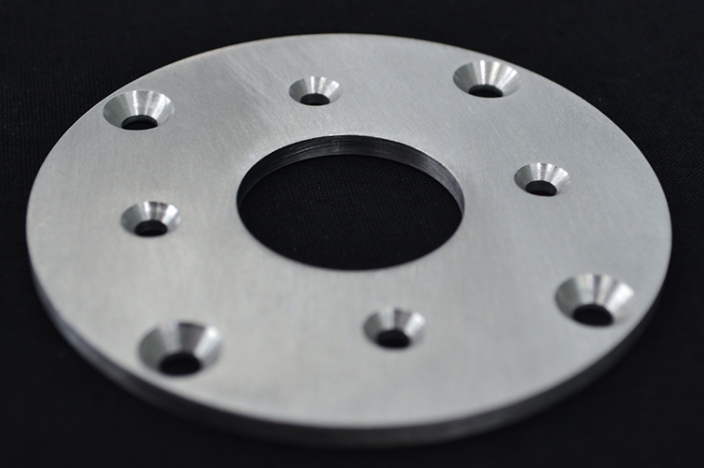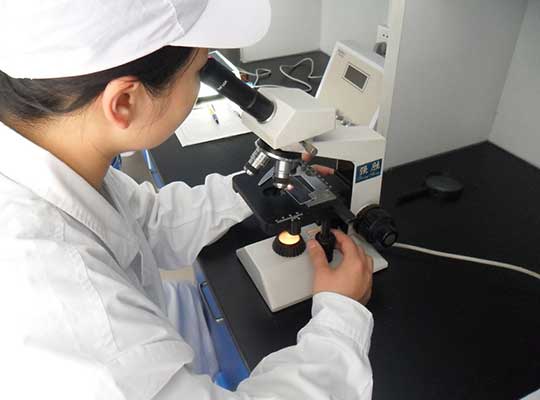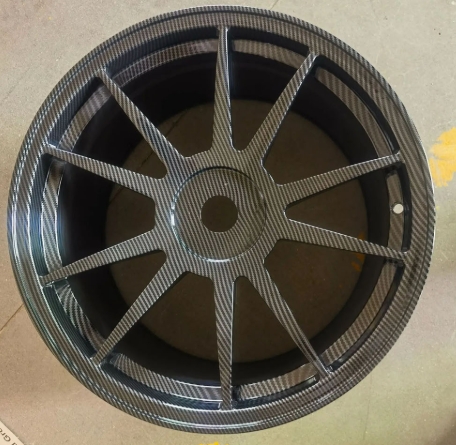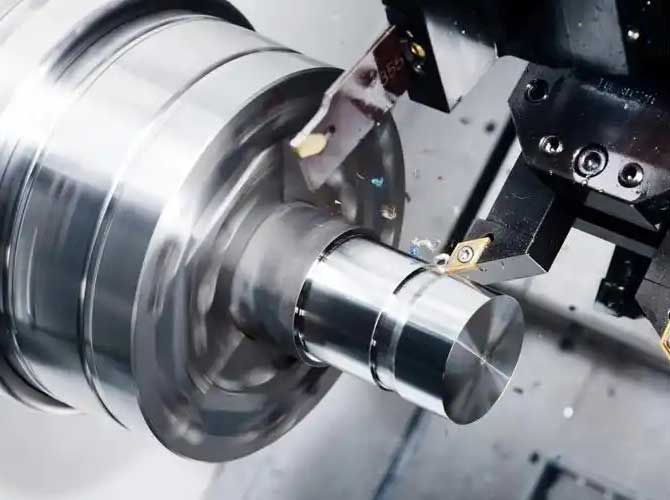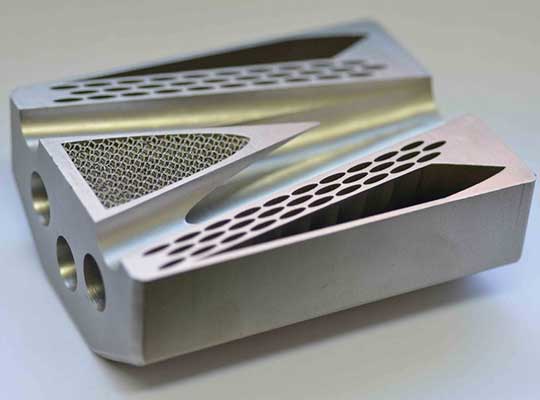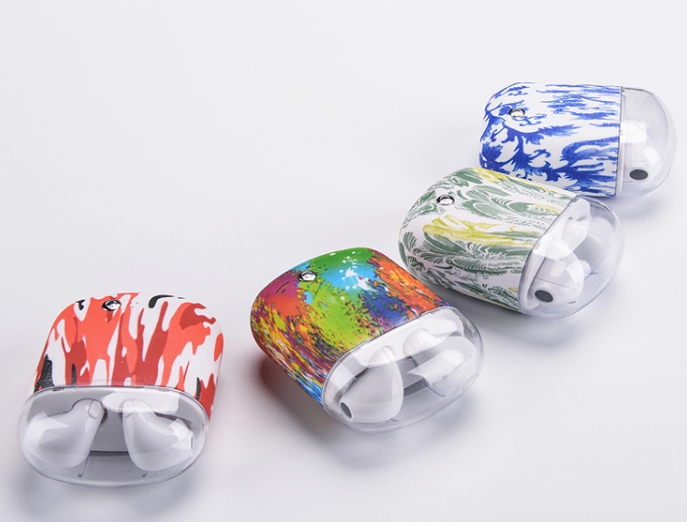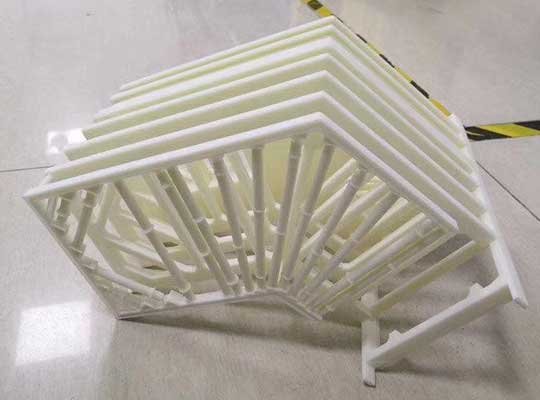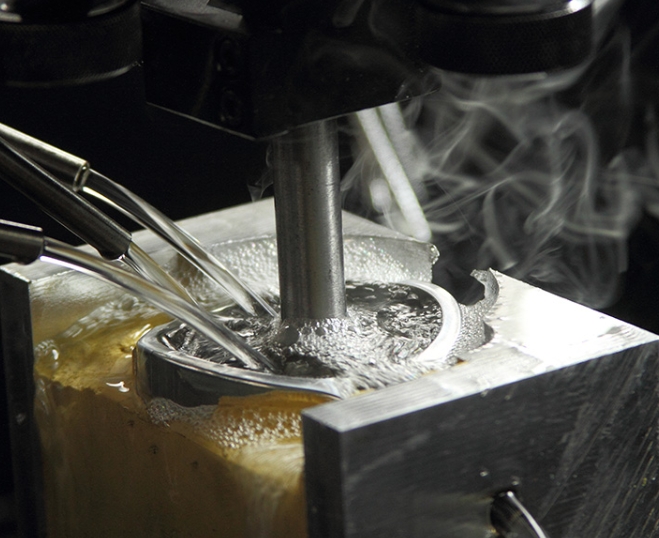When it comes to CNC metal prototype (also known as CNC metal prototype) 機械加工, achieving high surface quality and precision is crucial. One key post-processing step that directly affects the final product’s performance and appearance is deburring. Burrs—those small, unwanted metal projections formed during cutting, 掘削, or milling—can cause assembly issues, damage tools, and even pose safety risks. このガイドで, we’ll break down the most effective deburring methods for CNC metal prototypes, help you choose the right one for your project, and share tips to minimize burrs from the start.
1. Common Deburring Methods for CNC Metal Prototypes
Not all deburring methods work for every prototype. The choice depends on factors like part complexity, 材料, バッチサイズ, and precision requirements. Below is a detailed breakdown of the most widely used techniques, along with their pros, cons, and ideal use cases.
| Deburring Method | コア作業原則 | 理想的なユースケース | 効率 (1-10) | 精度 (1-10) | コストレベル |
| Manual Deburring | ハンドツールを使用します (ファイル, サンドペーパー, scrapers) to grind away burrs | 複雑な形のプロトタイプ, 小さなバッチ (1-10 部品) | 3 | 7 | 低い |
| Punch Press Deburring | Using a custom mold with a punch press to shear off burrs | Simple flat-surface prototypes, 中程度のバッチ (10-50 部品) | 7 | 6 | 中くらい (mold cost included) |
| Grinding Deburring (Vibration, サンドブラスト, Tumbling) | Using abrasive materials (例えば。, ceramic beads, 砂) to rub against parts and remove burrs | Large batches (50+ 部品), parts with multiple small burrs | 8 | 5 | 中くらい |
| Mechanical Deburring | Using automated tools (brushes, grinding wheels, deburring robots) to remove burrs | 大量生産 (100+ 部品), standard-shaped prototypes | 9 | 8 | 中程度 |
| Chemical Deburring | Immersing parts in a chemical solution to dissolve burrs via chemical reaction | Prototypes made of specific metals (例えば。, アルミニウム, 銅), parts with hard-to-reach burrs | 6 | 7 | 中くらい (chemical cost) |
| Electrochemical Deburring | Using an electric current to electrolyze and dissolve burrs (works with conductive metals) | 精密プロトタイプ (例えば。, 医学, aerospace parts) | 5 | 10 | 高い |
| Heat Treatment Deburring | Heating the prototype to soften or break off burrs (例えば。, low-temperature annealing) | Prototypes with heat-resistant materials (例えば。, 鋼合金) | 4 | 4 | 低中程度 |
| Laser Deburring | Using a high-precision laser beam to vaporize burrs without touching the part | Ultra-high-precision prototypes (許容範囲 < 0.001mm) | 6 | 10 | 高い |
| Ultrasonic Deburring | 高周波音波を使用します (20-40KHZ) to agitate a liquid and abrasive mixture, which removes burrs | 小さい, delicate prototypes (例えば。, micro-components) | 7 | 9 | 中くらい |
2. Key Factors to Choose the Right Deburring Method
Selecting the best deburring technique isn’t random. You need to consider 4 critical factors to balance quality, 料金, and efficiency:
- プロトタイプ資料: Different metals react differently to deburring. 例えば, アルミニウム is soft and works well with chemical or ultrasonic deburring, その間 ステンレス鋼 (harder material) may require laser or mechanical deburring.
- 一部の複雑さ: Intricate prototypes with internal holes or narrow slots (例えば。, aerospace components) are hard to reach with manual tools—opt for 超音波 または electrochemical deburring その代わり.
- Production Batch: If you’re making 1-5 プロトタイプ, manual deburring 費用対効果が高いです. のために 50+ 部品, grinding deburring (vibration/tumbling) または automated mechanical deburring will save time.
- Precision Requirements: Medical prototypes or high-end electronics often need tolerances under 0.005mm—レーザ または electrochemical deburring is the only way to avoid damaging the part while removing burrs.
3. How to Minimize Burrs During CNC Machining (Reduce Post-Processing Work)
The best way to handle burrs is to prevent them from forming in the first place. By optimizing your CNC machining process, you can cut down deburring time by 30-50%. ここにあります 3 practical tips:
- Choose Burr-Minimizing Cutting Tools: Use sharp, 高品質のツール (例えば。, carbide end mills for steel) and avoid worn-out blades—dull tools tend to push metal instead of cutting it, creating larger burrs.
- Optimize Machining Parameters: Adjust the cutting speed, feed rate, そして depth of cut. 例えば, increasing the feed rate slightly (within safe limits) can reduce burr formation on aluminum prototypes.
- Design for Deburring: When drafting the prototype’s 3D model, avoid sharp internal corners (use a minimum radius of 0.1mm) and leave extra space around hard-to-reach areas. This makes post-processing easier, even for manual deburring.
4. Yigu Technology’s Perspective on CNC Metal Prototype Deburring
Yiguテクノロジーで, we believe deburring is not just a “fix” but a critical part of delivering high-quality CNC metal prototypes. Our team combines method selection と process optimization: スモールバッチ用, complex prototypes, we use manual deburring with precision files to ensure no detail is missed; for high-volume, standard parts, we rely on automated mechanical deburring to boost efficiency. We also prioritize pre-machining planning—by adjusting cutting parameters and tool choices, we’ve helped clients reduce deburring costs by up to 40%. The goal is always to balance speed, 料金, and precision to meet each client’s unique needs.
FAQ About CNC Metal Prototype Deburring
Q1: Can I skip deburring for my CNC metal prototype?
いいえ. Even small burrs can cause problems: they may scratch mating parts during assembly, interfere with measurements (affecting precision), or pose safety risks (例えば。, sharp edges can cut hands). Deburring ensures the prototype functions as intended and meets quality standards.
Q2: Which deburring method is the cheapest for small-batch prototypes?
Manual deburring is the most cost-effective for small batches (1-10 部品). It requires no expensive equipment—only basic hand tools like files and sandpaper. しかし, it’s labor-intensive, so it’s not ideal for large batches.
Q3: Is laser deburring suitable for all metal materials?
いいえ. Laser deburring works best with metals that absorb laser energy well, such as steel, チタン, and aluminum. It’s less effective for highly reflective metals (例えば。, copper or gold), as the laser may bounce off the surface instead of vaporizing burrs. For reflective metals, electrochemical deburring is a better choice.
